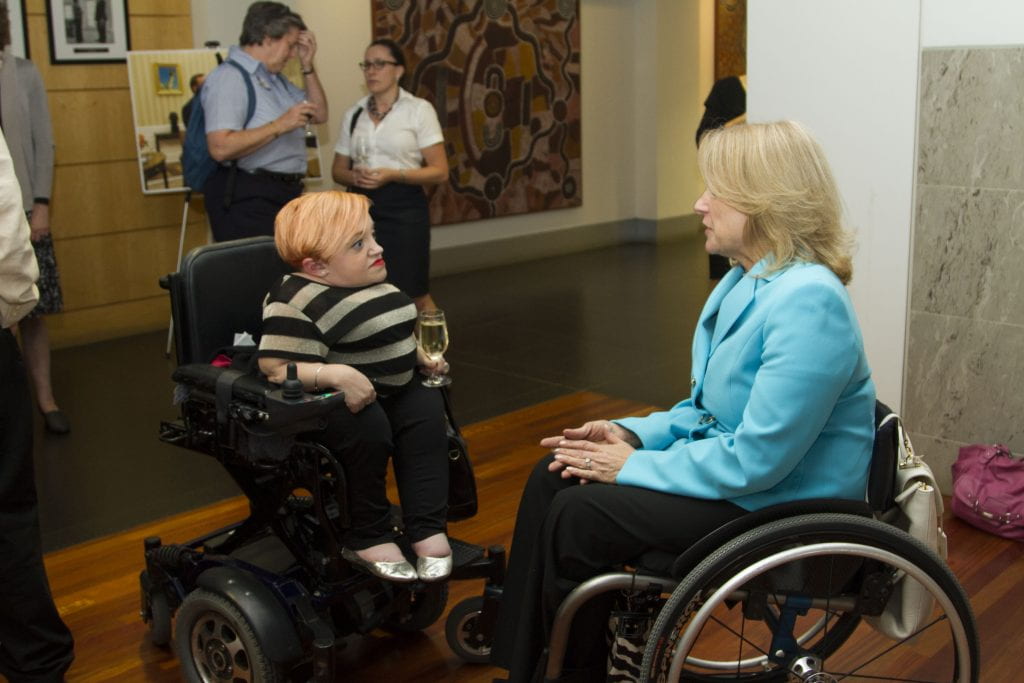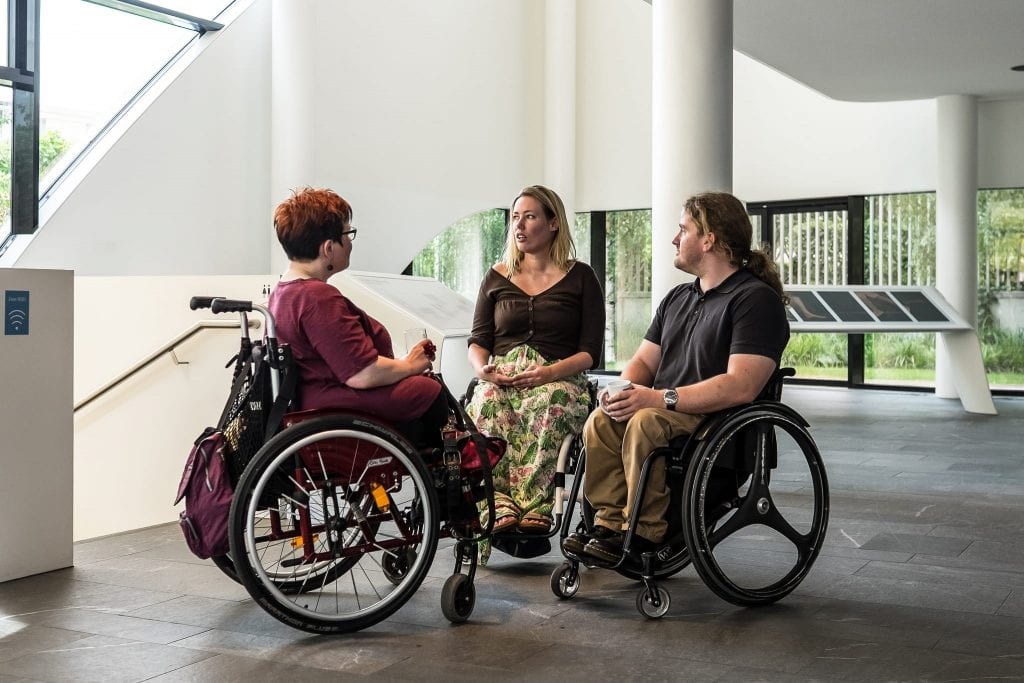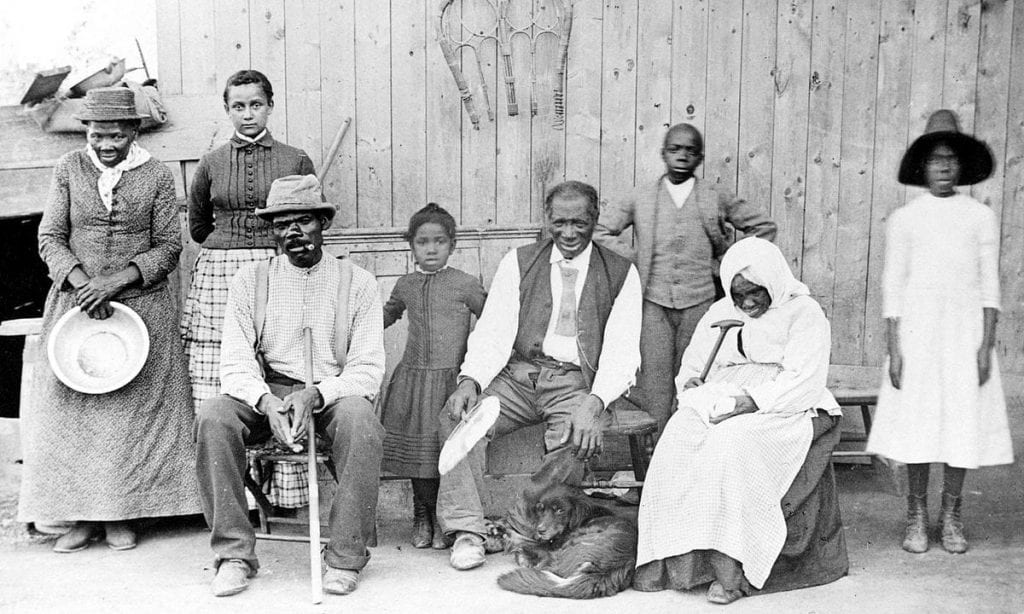*Author’s note: I am aware of discourse on person-first language (people with disabilities) versus identity-first language (disabled people). I identify as disabled (chronic illness is a form of disability) and personally prefer identity-first over person-first, but I will use both forms in this blog as to avoid repetition.

The history of disability is asymmetrical. We know that history is always written by those with the power to wield the pen, and the powerful have always trodden on disabled people*. This is why history has most commonly staged people with disabilities as passive subjects — voiceless patients, preserved in history as miserable recipients of medical treatments, cures, and operations. Before the acknowledgement of dis/ability as a socially constructed identity much like gender or race, the dominant framework was the medical model. Impairments were seen from a medical standpoint as afflictions to remove, and “disability history” is full of famed doctors who found apparent solutions to bodily deviance. [Read more about the difference in the medical and social models in this post by graduate student and IHR intern Shane Burns!]
Disability scholars, in the past few decades, have begun to reclaim disabled narratives and frame them in ways that empower and enrich the social matrix of ability.
Like African American revisionists, we strive to reevaluate history with an additional, more critical lens. Before critical race scholars/theorists reasserted historic perspectives to reveal deep-seated racism (alongside the influential Civil Rights and Black Power movements), American society accepted racial discrimination as a fact of life. Ableism can be subverted in a similar way. Modern principles of universal justice and equity equip us to destroy structural injustice wherever it lurks within the depths of unchallenged social praxis. Additionally, revisionism – in disability history, Black history, LGBTQ history, etc. – grants the option to see historically oppressed groups as agents of change rather than sufferers of fate. Obviously, the lingering trauma experienced by oppressed identities cannot be ignored, and it would be detrimental to assume that the same forces of oppression no longer exist. But viewing disabled people as individuals with power, richness, and complexity is an empowering perspective.

Ableism, like many other “isms,” is bound and sustained through micro-level interactions rooted in unconscious yet detrimental assumptions. If you are a non-disabled person, I urge you to reflect before you react to disabled narratives, and consider how your assumptions have been informed by bias. Be sure to actively listen with compassion, react with empathy instead of pity, and always practice validation. It’s okay to have questions, and it’s okay to feel uncomfortable. Sit with your discomfort. Explore it. Decide to challenge it, and you may find yourself with a new perspective.

The Disability Rights Movement
“People with disabilities have been socially dispersed and have lacked both a common identity and the economic and political resources to coalesce into an active and effective movement capable of political action. A rights-oriented consciousness and an adequate organizational apparatus have both been essential to creating the disability rights movement.” – Scotch (1989, p. 4).
In other words, the disability rights movement required a) the collective understanding that disabled people as a group deserved rights and b) the resources to organize and motivate that group effectively.
This effort began to gather momentum in the 1960s, inspired by the grassroots activism of the time (another significant nod to the Civil Rights & Black Power movements). The early disability rights movement also benefited from community programs for disabled people, such as disabled student programs on college campuses. These programs were meant to provide services for people with disabilities, but they also inadvertently connected disabled people.
This was a radical change in society. Most disabled people were physically and socially isolated from one another prior to this movement — individuals with diverse impairments didn’t recognize each other under a “disabled” identity. This disconnect is caused by compounding issues. For instance, an epileptic person has a different set of struggles than a Deaf person or a wheelchair user. In other words, different impairments look and function differently, and it can be hard to conceptualize shared identity between such diverse experiences. Community spaces are often inaccessible, while home environments are isolating. In these situations (especially when surrounded by non-disabled caretakers/family) personal autonomy and dignity can be limited. Without opportunities to share narratives among peers, disabled people had no way of knowing the vast network who shared their experiences. But when this network began to develop, it became apparent that many of us feel the same pain. Together, we could investigate our experiences and find that they’re all rooted in the same institutional structures, harmful biases, and violent enforcement of so-called normalcy.

The first major assertion of collective disabled power came in the early 1970’s. Union of Physically Impaired Against Segregation (UPIAS) was a British group whose radical publications – including Fundamental Principles of Disability (1975) — formed the ideological foundations from which the social model of disability emerged in the early eighties. Penned by Mike Oliver, the social model pointed out that having a disability is not an impairment in itself, but that impairments are created by an inaccessible society. The impairment of poor vision would be disabling if glasses weren’t widely accessible. This shifted the entire paradigm of ability. Everyone experiences limitation and impairment, ability exists on a spectrum, and the social mechanisms that separate “abled” from “disabled” can be torn down. The suffering experienced by disabled people isn’t inherent and should not be accepted. Disabled people can celebrate their own existence, and can demand a better existence for themselves and their peers. Judy Heumann says it much better than I can:
“As long as you believe that your life is a tragedy, you can’t do very many good things with your life. Once you believe that the tragedy isn’t your fault, that it is the failure of the political system to acknowledge your rights as a human being, to be equal in society, that you can as an individual have a voice as part of a group, then you can make a difference.”
Disabled Perspectives in History
Historical records lack the perspective of most disabled people themselves, save for a notable few whose privilege awarded access to education and personal acclaim. Helen Keller was certainly not the first person to be born both Deaf and blind, but her family’s relative privilege granted Ms. Keller access to education and the social positioning to benefit from it. Helen Keller is an inspirational, barrier-breaking figure. That’s not up for debate. But it is noteworthy to mention that her privilege – having a well-connected white family with roots in Southern aristocracy – facilitated her success. Helen learned a variety of communication methods, including ASL, Braille, touch lip-reading, and speaking verbally. She attended college – a notable feat for any woman in her era – and went on to publish a dozen books, helped found several organizations (ACLU, American Foundation for the Blind, Helen Keller International), and even won an Oscar (Helen Keller International).

Frida Kahlo is a famous Mexican artist and painter whose disabilities greatly impacted her work. The story of Kahlo’s trolley accident at age 18 is infamous, as well as the physical impact – a broken spine, broken pelvis, and a severe abdominal injury. Prior to this accident, she contracted polio at age 6, and is believed to have been born with spina bifida (Daunton). These experiences are well-known; Kahlo’s legacy has been tainted by pity and morbid fascination with her painful experiences. I believe she should be celebrated in a light that honors her experience. Not only was Kahlo a fierce, vibrant spirit with immense artistic talent, but she broke barriers for other disabled women of color. Kahlo embraced the unique, rich perspective that she had gained through dealing with years of pain, vulnerability, and isolation – channeling it into powerful art. Frida Kahlo unapologetically existed as a disabled woman of color, presenting her body in all its beautiful, sexual, and painful complexities.

Harriet Tubman is another extraordinary woman of color who was affected by disability. Tubman experienced a traumatic brain injury at age 12 at the hands of a slave owner. Tubman dealt with complications for the rest of her life including severe pain, seizures and/or narcoleptic episodes. Her disabilities may have contributed to her success, as Tubman’s narcoleptic trance-like episodes offered moments of great spiritual impact (Sabourin et al, 2016). A deeply religious woman, Harriet Tubman was guided by her faith to rescue hundreds of slaves over the course of thirteen incredibly dangerous escape missions. Tubman also is the first woman to plan and lead a military operation against the Confederacy – with stealth skills and knowledge of Southern geography, “General Tubman” conducted a successful raid on Combahee River that freed over 700 slaves (National Museum of African American History & Culture).

Conclusion
The history of disability – as a movement, as individuals, as an identity – is rich, compelling, and intersectional. We should see it as an under-explored reserve of knowledge hidden by suppression, and a perspective to be treasured. Disability history demands to be re-examined and reclaimed in a framework of empowerment. It’s critical for incorporating disability rights into wider society. When you apply modern standards to historical events and figures, a narrative of agency and power can emerge. Simultaneously, it can reveal the despicable mechanisms that create, inform, and enforce oppression. As I said earlier — modern principles of universal justice and equity equip us to destroy structural injustice wherever it lurks within the depths of unchallenged social praxis.
